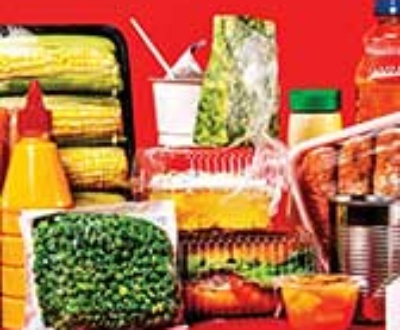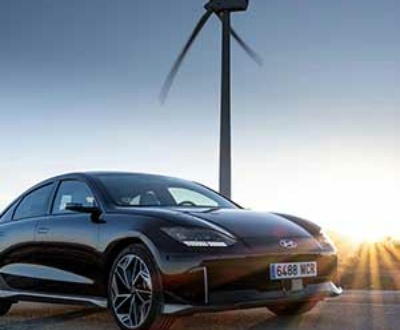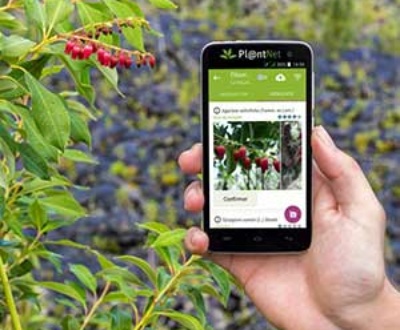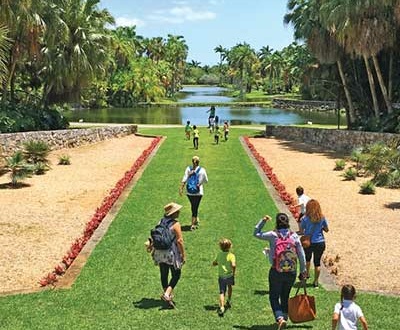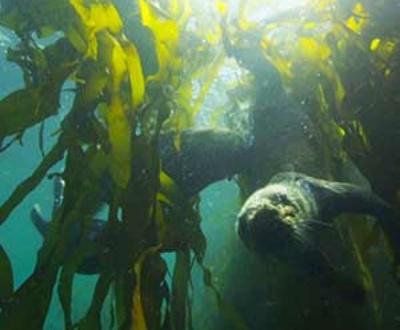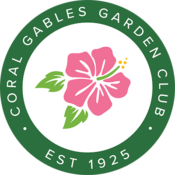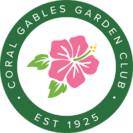Well, I started this column in June 2019 so this is the two year mark. I have to say I’ve learned a lot writing these columns and I hope you have learned some too!
I Am Feeling Very Hopeful
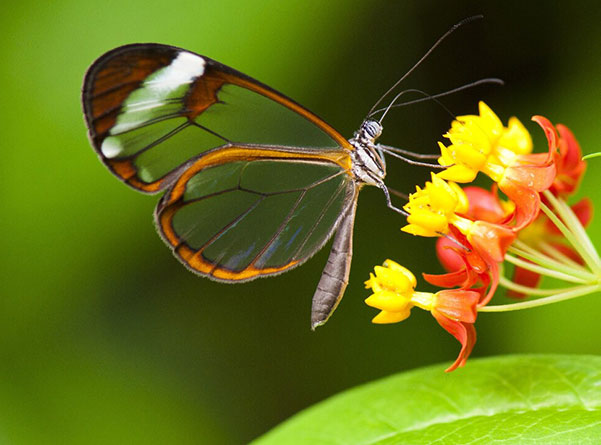 You know I see more and more awareness about the need for human beings to be stewards of nature and more and more projects to further that goal!! Our Tropical Audubon Society put on a great webinar called “Biscayne Bay on the Brink and How to Save It” with the newly appointed Miami-Dade “Chief Bay Officer”, the CEO of Waterkeepers, and the Director of the National Parks Association in our area.
You know I see more and more awareness about the need for human beings to be stewards of nature and more and more projects to further that goal!! Our Tropical Audubon Society put on a great webinar called “Biscayne Bay on the Brink and How to Save It” with the newly appointed Miami-Dade “Chief Bay Officer”, the CEO of Waterkeepers, and the Director of the National Parks Association in our area.
The first sentence out of the mouth of the new chief bay officer was, “I see enormous political will to protect and clean up the bay.” HOORAY! Then yesterday there was an editorial in the New York Times titled: Biden’s Chance to Save the Everglades: Reviving the South Florida ecosystem enjoys bipartisan support and deserves federal funding.
Even Barron’s devoted most of its quarterly magazine, and the cover to SAVING OUR SEAS…. Now of course since it’s Barron’s it also had an article on “A look at high end, amenity packed private airports” – where you can land your private plane, naturally.
And How About Our Pollinator Project?
Well amazingly enough Vice Mayor Lago has decided to push ahead with this in the middle of election season! I have a zoom meeting coming up April 9 with the VM and other city officials to go over the second pollinator patch which, as you remember, will contain pollinator plants that residents can buy for their yards at local nurseries. He also said he was interested in having more native plants, wildflowers, and pollinator plants in the City’s landscape!!!! Hats off to the Vice Mayor!
And It’s Not Just Organizations – It’s Individuals As Well
I attended the March meeting of the Coral Gables Sustainability department. Matt Anderson, its head, reported that when he put out a call for a Mattheson Hammock clean-up day he got 57 sign ups in 4 days and 33 people showed up. The Miami Waterkeepers head said she was amazed about how many people showed up to document the algae bloom and fish kill in Biscayne Bay during a pandemic last summer.
It just feels like we’ve got momentum here and I am thrilled.
HomeGrownNationalPark.org – You Can Contribute Too!!!
Doug Tallamy is an entomologist, (he studies bugs), at the University of Delaware. Twenty years ago they bought a house with a chunk of land that had been used to grow hay. Well, it was a tangled mess when he got it, but he noticed, being a bug guy, that in all that tangle of plants—there were no caterpillars.
“All around him plants were in a riot of photosynthesis, converting the energy of the sun into sugars, and proteins and fats that were going uneaten. Tallamy knew in a general sense, why that was. The plants were mostly introduced exotics.” (Smithsonian, April 2020)
But insects are specialists, feeding on and pollinating a narrow spectrum of plant life.
Insects, as the naturalist E.O. Wilson called them, “are the little things that run the world.” “90% of insects that eat plants can develop and reproduce only on plants with which they share an evolutionary history (Doug Tallamy). Insects are at the heart of the food web, the main way nature converts plant protoplasm into animal life. A chickadee who needs between 6,000 and 9,000 caterpillars to raise her chicks, all within a 150’ radius of the nest would have found it hard going in that yard! This revelation converted Tallamy from a guy who studied the mating habits of cucumber beetles to a guy who focuses on the need for native plants as a way to preserve what remains of the natural ecology of North America.
Enter HomeGrownNationalPark.org. Since our national parks don’t provide enough wilderness habitat, we as individuals need to “re-wild” part of our yards to sustain the diverse, highly productive ecosystems that we as human beings need – TO SURVIVE. The goal is 20 million acres of native plantings in the U.S. which represents about half of the green lawns on private property.
8 Steps To Rewild America
- Shrink your lawn
- Remove invasive plants
- Create no-mow zones
- Have motion sensors on your outdoor lights, white light at night disturbs animal behavior
- Plant keystone species like native oaks
- Welcome pollinators
- Fight mosquitos with bacteria NOT sprays. Inexpensive Bacillus Thuringiensis (BT) dunks can be placed in drains and other wet sites. It affects mosquitos but not other insects
- Avoid hard chemicals – vinegar works fine. I have a sticker vine that likes to climb on the side of my house. Well we pulled up the roots and doused the ground with vinegar – bingo no more vine.
Two Must See Movies On Netflix
Sir David Attenborough’s, A Life on Our Planet and Kiss the Ground, about the value of the soil, are two wonderful movies you must see. Maybe its 3 hours of your time to see both – but in that time you will get a wonderful understanding of where we are in climate change and what we can do about it.
About the Author
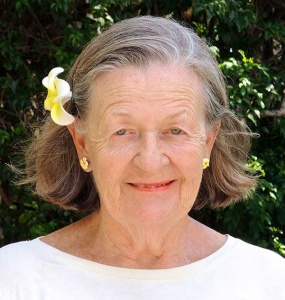
Linda Lawrence Waldron currently writes the Green Gables column in Gables Living Magazine. Linda was Chairman of the Garden Club's Coral Gables Library Butterfly Garden Committee.
Sign up here for email notifications about new Green Gables articles!
More from our blogs
See all postsRecent Posts
- April 2023 April 1, 2024
- Good News on Environmental Plastics February 1, 2024
- Material World / Plant World January 1, 2024
Leave a Comment cancel
This site uses Akismet to reduce spam. Learn how your comment data is processed.



